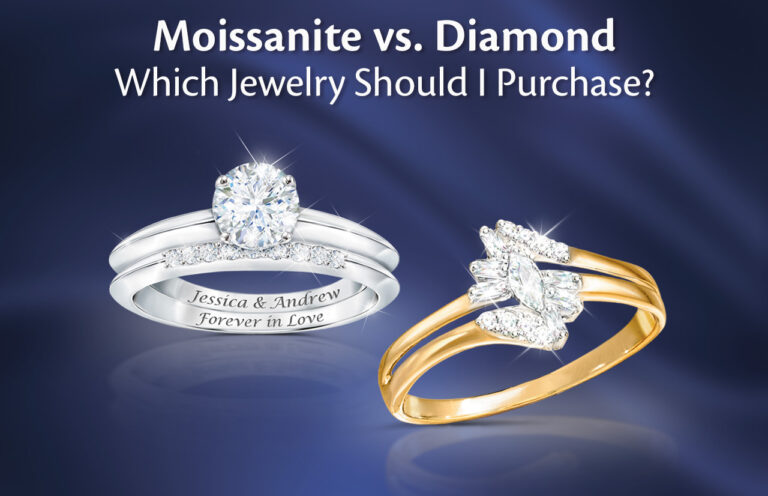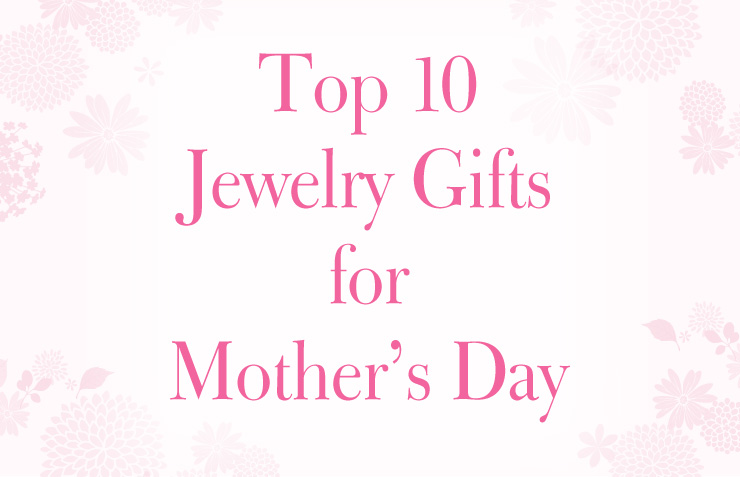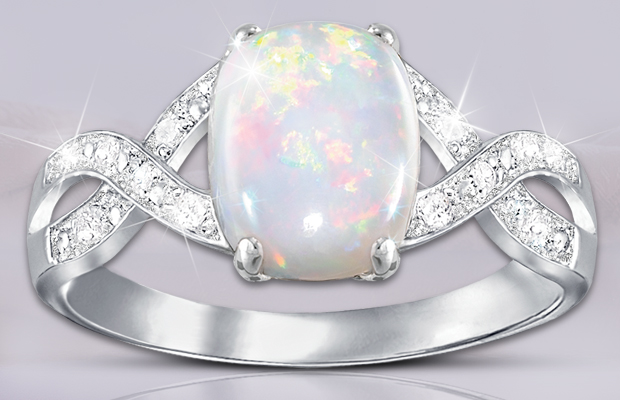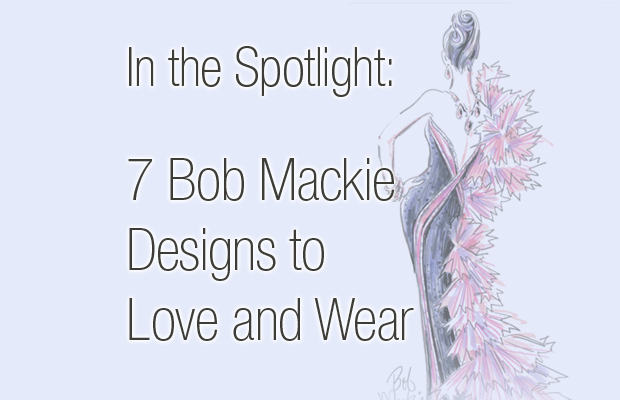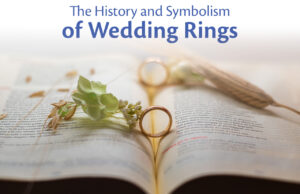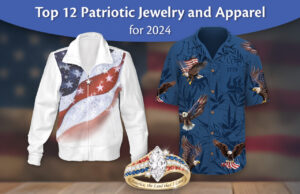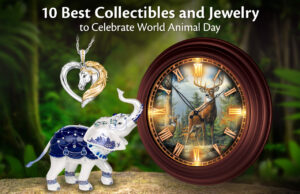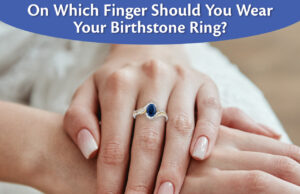We are all familiar with diamonds, right? They tend to be the stone of choice in so many jewelry designs and have been for a very long time. Even if you don’t own any diamond jewelry of your own, you are certainly aware of their popularity and prevalence in the jewelry marketplace, especially when it comes to bridal jewelry and engagement rings.
But have you heard about moissanite? This naturally occurring, lab finished mineral has been getting plenty of attention the past couple of years due to its keen ability to recreate the same brilliance and fire of genuine diamonds. And because they are available at a fraction of the price, moissanite gemstones have become a great alternative to diamonds.
If you’re in the market for something sparkling – for yourself, for someone special or to help you tie the knot – you might have questions as to which one is right for you: moissanite or diamond. Well, here’s some good news: that is the exact reason for today’s post. To assist you with your decision.
And remember, you don’t have to choose only one. There are so many amazing moissanite jewelry and diamond jewelry designs available, especially from The Bradford Exchange, so you can always have both. We just want to provide you with the information you need while shopping. That said, please enjoy reading Moissanite vs. Diamond: Which Jewelry Should I Purchase?
Table of Contents
What Is Moissanite?
Since you might be hearing about moissanite for the first time, let’s start with the basics about what it is. Moissanite is a mineral that was discovered in 1893, dug out of a meteor crater in Arizona by a French chemist named Henri Moissan. Pretty clear where the name comes from now, right? Its chemical name is silicon carbide, which had actually been synthesized in a lab a few years prior to Moissan’s discovery. What set the crater find apart was that it was naturally occurring silicon carbide, which is extremely rare.
There were immediate industrial applications because of moissanite’s hardness, optical properties and capacity for conductivity. But the mineral’s potential value to the jewelry world was not overlooked. There was definitely a market for the beauty this mineral could potentially yield.
Because of intense demand, moissanite has been lab-grown for more than 25 years. Scientists discovered that by using pressure and heat, they could create gemstones that are identical to those from naturally occurring moissanite. While this solved a resource problem, the process used to create these gems is still long and complex. But the final result is pretty incredible.
The Rise and Popularity of Moissanite
Though the gemstone market is always in flux, there has been a steady rise in moissanite interest for some time now. According to the Moissanite Market Insight Report, released by Precision Reports in 2022, the global moissanite market was valued at 35 million USD at the time of the report and is expected to reach 59 million by 2029.
Overall, the moissanite gemstone seems to be gaining in popularity and this makes perfect sense. It can be comparable to a diamond visually, but you also get the added benefit of a lower retail price, and the chance to make a more ethical choice, as its creation has a lesser impact on the environment. But let’s get into some of the most obvious differences between the two.
Moissanite vs. Diamond: Aesthetic Beauty
A gemstone’s sparkle is the first thing that gets people’s attention, and often how people gauge its beauty, apart from the actual jewelry design it’s showcased in. That sparkle is a result of how the stone reflects and refracts light.
While the sparkle difference is subtle between moissanite and diamond, there is a distinction due to three factors: faceting, reflection and refracting.
A moissanite gemstone has a completely different faceting pattern than a diamond and a higher refraction rate (how light passes through the stone). This creates a heightened brilliance, especially under natural light. You could say, this makes moissanite an attractive option for people who prefer a flashier look.
Diamonds, on the other hand, respond to light in 3 different ways:
1. Brilliance – the white light reflected off the surface
2. Dispersion – the rainbow of colors from light’s refraction
3. Scintillation – a sparkle relegated to just the surface
The combination of these 3 unique ways is what creates the famous, and more nuanced, aesthetic beauty of the diamond.
Moissanite vs. Diamond: Strength and Durability
We’ve all heard how strong and durable diamonds are, right? They are even used to make things like drill bits to cut into other hard substances. But how does moissanite compare? Let’s take a look.
Well, it’s not a tie but it’s pretty close. The scale used to measure hardness and strength for minerals is called the Mohs Scale. It primarily gauges resistance to scratching to determine a mineral’s overall hardness. Obviously, this is good information to have if you will be purchasing moissanite or diamond jewelry. And the winner is…
Moissanite: 9.25
Diamond: 10
Pretty close, right? While diamonds are the hardest known mineral in existence and at the very top of the Mohs Scale, moissanite is a close second. In fact, moissanite is actually THE #2 when it comes to all gemstones used in jewelry. They’re not quite as hard as diamonds but certainly strong enough to be worn every day.
Moissanite vs. Diamond: Color and Clarity
When it comes to color and clarity, there is little difference between moissanite and diamond. Moissanite gems are already classified as “colorless” but in certain lights, they can give off a yellow, brown or grayish reflection. Typically, the bigger the stone, the more noticeable the potential “off colors”.
Colorless diamonds, however, will never have off-color reflections. This allows their pure bright white characteristics to really shine. Honestly, it’s the biggest thing that makes them so valued and coveted.
Moissanite and Diamond Bridal Jewelry Trends with Raisa
For more about how moissanite and diamonds are faring in current bridal jewelry trends, we invite you to hear from Raisa, one of the jewelry design creative directors at The Bradford Exchange. In the insightful video below, Raisa delves into constantly evolving developments in the world of gemstone selection, including the innovative Diamonesk brand. She also looks at the unique properties of these coveted stones, including lab-grown diamonds as a sustainable and affordable option for gemstone shoppers. And if you are in the market for wedding jewelry, Raisa will also explore the personalization options available at The Bradford Exchange, allowing couples to express their love story in a myriad of unique ways through custom engravings, design choices, stone cuts, settings and more.
Watch Raisa’s Bridal Jewelry Trends Discussion Now:
So, what do you think? Which gemstone seems more appealing given all of the information in today’s post? If you need some more time and convincing, check out both our moissanite jewelry and our diamond jewelry to see what speaks to you. Remember, it’s perfectly fine to fall in love with both of them. Thanks so much for reading and have a great time shopping with us today.
Moissanite vs. Diamond: Which Jewelry Should I Purchase? by The Bradford Exchange
